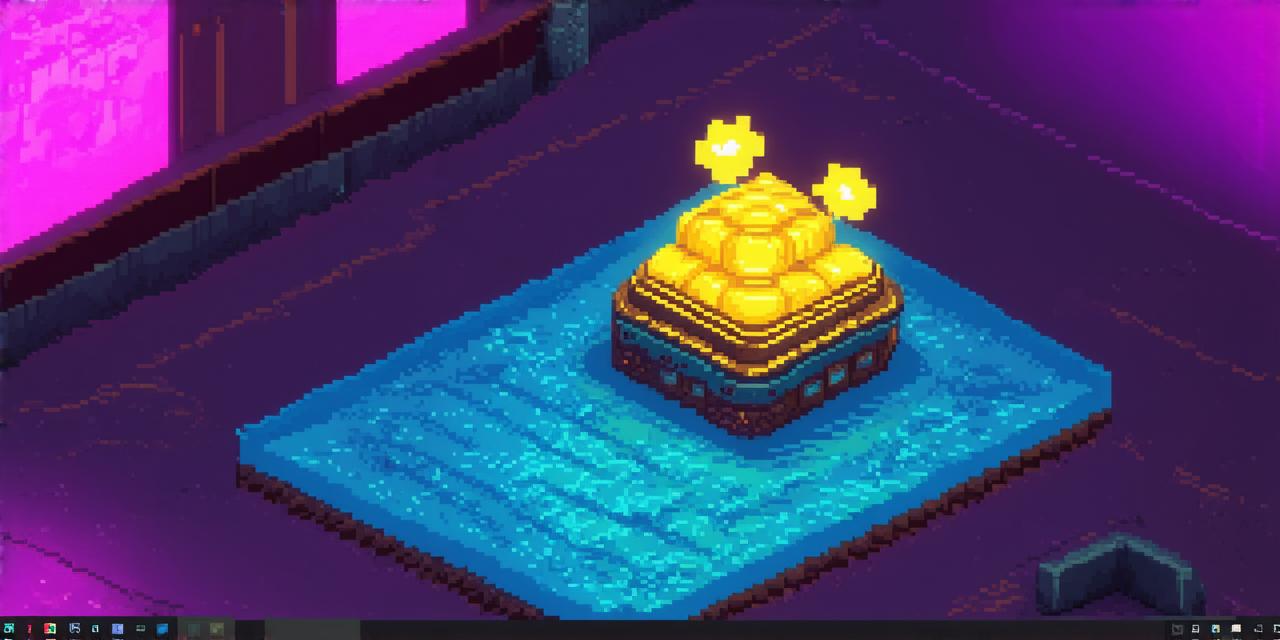Introduction:
Creating a platformer game in Unity 3D can be a daunting task for beginners. However, with the right guidance and tools, it is possible to create an engaging and fun game that will captivate players of all ages. In this article, we will take you through the process of creating a platformer game from scratch using Unity 3D.
1. Setting Up the Environment:
The first step in creating a platformer game is to set up the environment. This includes creating the levels, designing the characters and objects, and configuring the physics settings. Here are some tips to help you get started:
-
Start by creating a new project in Unity 3D.
-
Use the built-in tools to create the levels. You can use the terrain tool to create flat surfaces and the paint bucket tool to add textures.
-
Create the characters and objects using the 3D modeling tools or import pre-made assets from the Unity Asset Store.
-
Configure the physics settings to ensure that the characters and objects behave realistically. This includes setting the gravity, friction, and collisions.
2. Programming the Game Logic:
Once you have set up the environment, it’s time to start programming the game logic. This includes creating the movement controls for the characters, implementing collision detection, and adding other features such as scoring and power-ups. Here are some tips to help you get started:
-
Use C to write the code for your game. Unity supports C scripting out of the box.
-
Start by creating the movement controls for the characters. This includes creating scripts that handle input from the keyboard or controller, and updating the position of the character based on that input.
-
Implement collision detection using Unity’s built-in physics engine. This will ensure that the characters can interact with the environment in a realistic way.
-
Add other features such as scoring and power-ups by creating scripts that handle these tasks. For example, you could create a script that increments the score when the character jumps on a platform, or a script that activates a power-up when the character collects a certain number of coins.
3. Testing and Debugging:
Once you have implemented all the features of your game, it’s time to test and debug it. This involves playing through the levels of your game and identifying any bugs or issues that need to be fixed. Here are some tips to help you with testing and debugging:
-
Use Unity’s built-in debugging tools to identify any issues with your code. This includes using the console window to log messages and the debugger to step through your code line by line.
-
Play through the levels of your game and identify any bugs or issues that need to be fixed. This could include things like characters not jumping high enough, objects not interacting correctly, or levels that are too difficult or easy.
-
Use version control to keep track of changes to your code and revert to previous versions if needed. This will help you avoid overwriting important work and ensure that you can easily fix bugs in the future.

Summary:
Creating a platformer game in Unity 3D can be a fun and rewarding experience. By following these steps and using the tools and resources available in Unity, you can create an engaging and polished game that will delight players of all ages. Remember to take your time, test your code thoroughly, and don’t be afraid to ask for help if you need it. With a little bit of effort and dedication, you can create the game of your dreams.
FAQs:
Here are some frequently asked questions about creating platformer games in Unity 3D:
-
What is the best way to start creating a platformer game in Unity 3D?
-
What programming language do I need to create a game in Unity 3D?
-
How do I implement collision detection in my game?
-
What are some common issues that I might encounter when creating a platformer game in Unity 3D?
